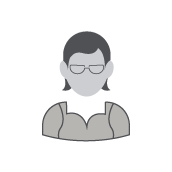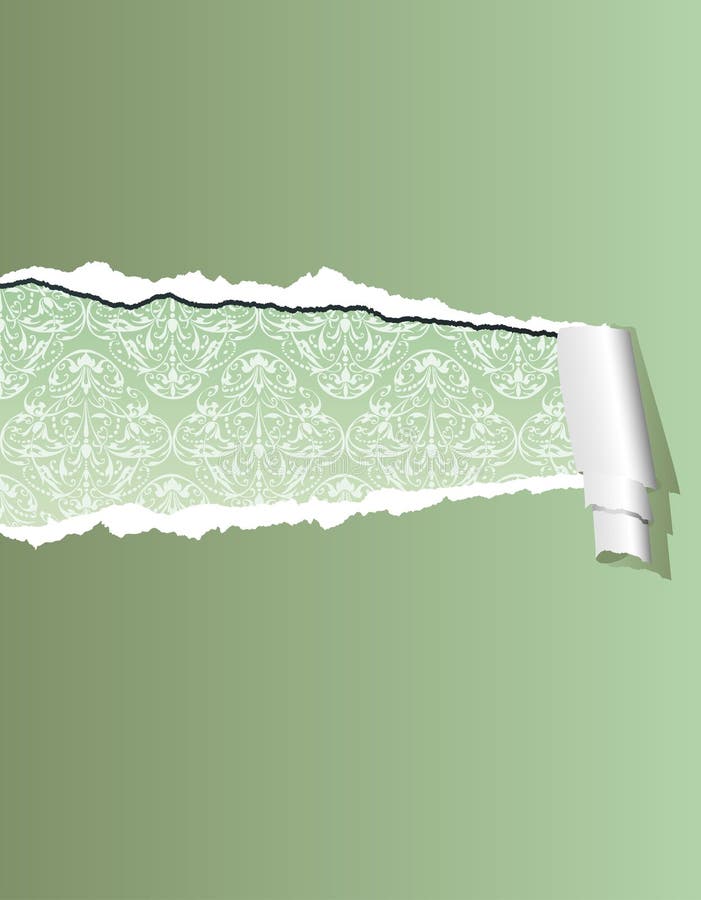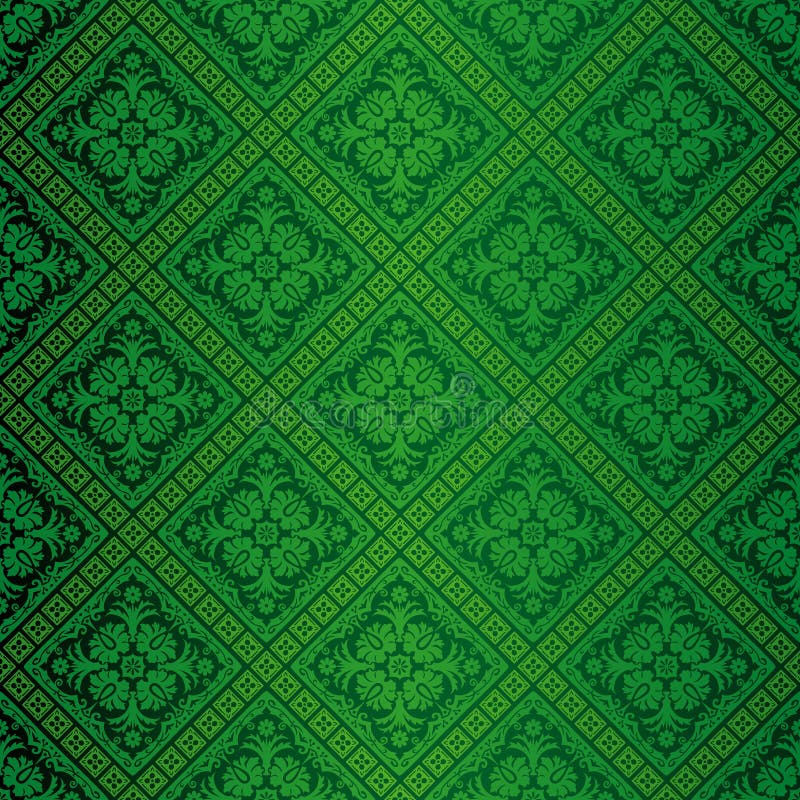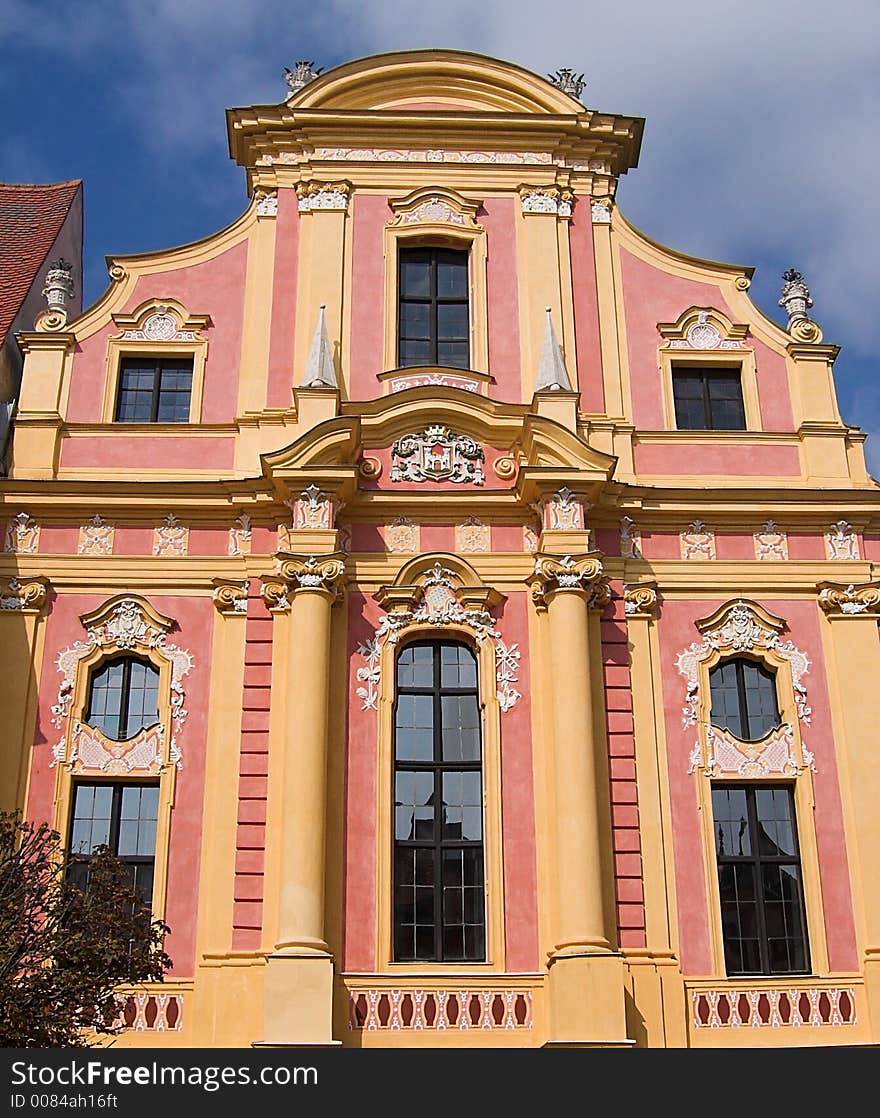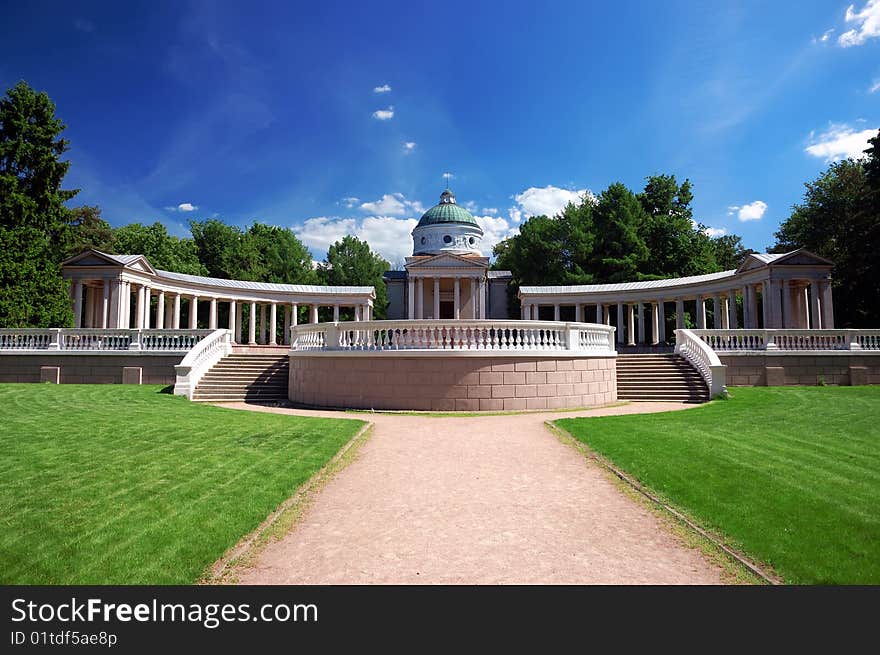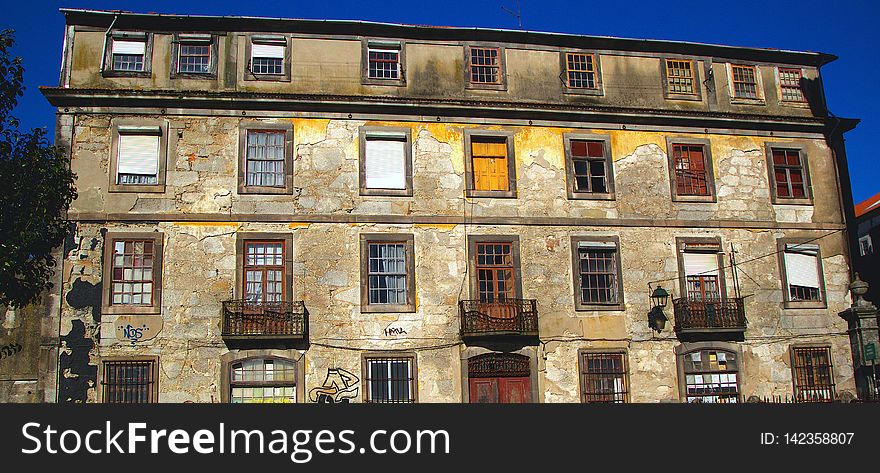
You can use this free image under the Creative Commons Zero (CC0) public domain license. Support our free section by adding a credit line next to the photo in your design. A suggestion is provided under the title.
Baroque Building On The River Douro Portugal - Baroque Architecture In Portugal Lasted About Two Centuries From The Late Seventeenth Century And Eighteenth Century. The Reigns Of D. João V And D. Joseph I Of Portugal Had Increased Imports Of Gold And Diamonds, In A Period Called Royal Absolutism, Which Allowed The Portuguese Baroque To Flourish. Baroque Architecture In Portugal Enjoys A Very Special Situation And A Different Timeline From The Rest Of Europe. It Is Conditioned By Several Political, Artistic And Economic Factors, That Originate Several Phases, And Different Kinds Of Outside Influences, Resulting In A Unique Blend, Often Misunderstood By Those Looking For Italian Art, But With Specific Forms And Character. It Starts In A Complicated Moment, With The Financial Effort Of The Kingdom Channelled To The Portuguese Restoration War, After 60 Years Of Iberian Union. Another Key Factor Is The Existence Of The Jesuitical Architecture, Also Called "plane Style". The Buildings Are Single-room Basilicas, Deep Main Chapel, Lateral Chapels (with Small Doors For Communication), Without Interior And Exterior Decoration, Very Simple Portal And Windows. It Is A Very Practical Building, Allowing It To Be Built Throughout The Empire With Minor Adjustments, And Prepared To Be Decorated Later Or When Economic Resources Are Available. Actually The First Portuguese Baroque Does Not Lack In Building Because “plain Style†Is Easy To Be Transformed, By Means Of Decoration Turning Empty Areas In Pompous Baroque Scenarios. The Same Could Be Applied To The Exterior. Subsequently, It’s Easy To Adapt The Building To The Taste Of The Time And Place. Portugal Spring 2015 Photo
© publicdomainstockphotos | Stock Free Images
